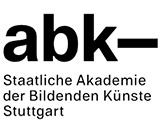Detailed introduction of the Art Academy of Stuttgart:
Introduction
The Art Academy of Stuttgart is one of the oldest and largest art universities in Germany. It was founded in 1761 and is located in Stuttgart, Baden-Württemberg, Germany. It offers a variety of courses covering the field of visual arts and has made important contributions in the field of art and design.
Overview
Number of students: about 900 people.
Courses: There are 17 undergraduate and master's programs, including Bachelor's degree programs in European Design and Architectural Art; Master's degree programs in European Design, Architectural Art and Basic Research; In addition, there are programs that grant Diploma degrees, such as plastic arts, textile design, communication design, maintenance and restoration of oil paintings and stereotyped sculptures, maintenance and restoration of ancient works, anthropological works and handicrafts, maintenance and restoration of picture archives and library items, maintenance and restoration of mural sculptures and stone carvings, preservation of emerging media and digital information, and high school teacher majors in the direction of art education.
History and establishment time
1761 In 1941, Duke Karl Eugen of Württemberg established an art academy "Académie des Arts" in his new palace in the center of Stuttgart. After merging and separating with other educational institutions, in 1941, the then Royal Academy of Fine Arts and the School of Applied Arts in Stuttgart were organically combined to form the current Stuttgart State Academy of Fine Arts, which was reorganized in 1946 by Theodor Haus, then Minister of Education and Cultural Affairs of Württemberg-Baden, retaining the liberal and applied disciplines.
School Strength
Teaching Strength: It provides an excellent teaching and learning environment. One of its "trademarks" is interdisciplinarity, with interdisciplinary courses, seminars, and joint projects between students and teachers of different majors. Teaching focuses on cultivating students' creativity and artistic skills, while imparting technical, practical and professional knowledge.
Faculty: There are many well-known professors who have profound attainments and rich teaching experience in their respective professional fields, providing professional guidance and academic support to students, such as Professor Uwe Fischer and Christophe de la Fontaine of Industrial Design.
Scientific research strength: As one of the few art colleges in Germany that is authorized to award doctoral and postdoctoral degrees, it provides a laboratory for research in the field of art and design and promotes innovation in related fields. The college has a wide range of research areas, including plastic arts, architectural arts, design, art education, restoration of cultural works and art.
International cooperation: It has established cooperative relations with many well-known art schools around the world, such as ENSCI Les Ateliers in Paris, University of Art and Design in Helsinki, Konstfak University College in Stockholm, California State University, Tokyo National University of Fine Arts and Music, etc., providing students with rich international exchange opportunities and broadening their international horizons.
Nature of the school
Public art university.
Educational philosophy
Focus on practical training, encourage students to experiment and innovate, emphasize the unity of teaching and research, and cultivate students' creativity, artistic skills and comprehensive qualities through interdisciplinary teaching methods, so that students can achieve excellent results in the field of art and design, and contribute innovative and practical works of art to society.
Key laboratories and disciplines
Key disciplines: Plastic arts, architectural arts, design, art education, restoration of cultural works and other disciplines are the key disciplines of the school, with a high level and profound historical accumulation in both teaching and scientific research.
Key laboratories: The college has 30 Multiple studios equipped with advanced equipment and tools, such as printing studio, photography studio, sculpture studio, digital media laboratory, etc., provide students with a good practical teaching and scientific research platform, so that students can combine theoretical knowledge with practice to realize their own creativity and ideas.
Department Settings
No clear division of the school's departments was found, but from its curriculum settings, it mainly focuses on professional fields such as fine arts, architecture, design, art education and art-related restoration research.
Ranking
The school is one of the most influential art schools in Germany, but its comprehensive ranking that is widely recognized internationally has not been found.
Expenses
As a public university, the school charges relatively low tuition fees, about a few hundred euros per semester, and the specific tuition fees may vary depending on the major and course. In addition, students are required to pay certain registration fees, material fees and other fees.
Campus
Campus environment: The campus is located in Stuttgart, one of Germany's important economic, cultural and transportation centers, with a strong artistic atmosphere, providing students with rich cultural resources and art activities. The campus consists of three buildings, namely the old building, the new building No. 1 ("Architect Building") and the new building No. 2. The unique architectural style and complete internal facilities provide students with a good learning and creative environment.
Campus facilities: In addition to the more than 30 professional studios mentioned above, the school also has facilities such as libraries, exhibition halls, and conference rooms to meet students' learning, research and display needs. The library has a rich collection of art books, journals, picture albums and other materials, which provides strong support for students' learning and research. The exhibition hall regularly hosts student and teacher work exhibitions and various art exchange activities, providing students with a platform to display their works and communicate with industry insiders.
-
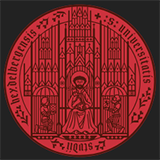
Heidelberg University
-
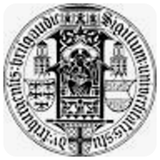
University of Freiburg
-
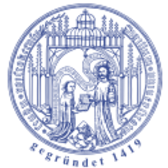
University of Rostock
-
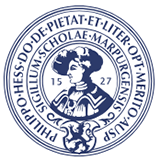
University of Marburg
-
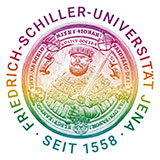
University of Jena
-
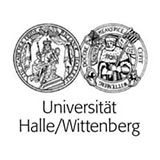
University of Halle-Wittenberg
-
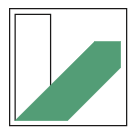
University of Bayreuth
-

Leipzig University
-
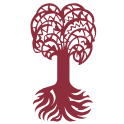
University of Tübingen
-
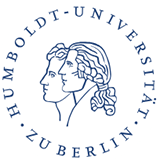
Humboldt University of Berlin
-

Mesoamerican University
-

Istmo University
-

Mariano Galvez University of Guatemala
-

Regional University of Guatemala
-

Galileo University
-

Francisco Marroquín University
-

Rafael Landívar University
-

University of the Valley of Guatemala
-

University of San Carlos of Guatemala
-

Technological Institute of Tlaxcala Plateau
-

Golfo University
-

Technological University of South Sonora
-

Technological University of Huejotzingo
-

Tizimín Institute of Technology
-

Chilpancingo Institute of Technology

